
Kwiat campanula, czyli dzwonek jako popularne kwiaty doniczkowe oraz
Campanula punctata. Lam. 1785. Campanula punctata, the spotted bellflower, is a species of flowering plant in the bellflower family Campanulaceae. This ornamental herbaceous perennial is native to Japan, Korea, China and Siberia, and is widely cultivated for its attractive bell-shaped flowers. The Latin specific epithet punctata means "spotted".

Campanula Campanula, or Harebell, seen at Llanmynech Rocks… Flickr
Campanula Varieties Campanula Iatifolia (Wide-Leaved Bellflower) This tall campanula variety reaches a height of 4 feet and is excellent in the back of flower beds. It has some of the deepest purple-blue flower hues and reseeds readily. So readily, in fact, that some zones consider it invasive! Campanula punctata (Spotted Bellflower)
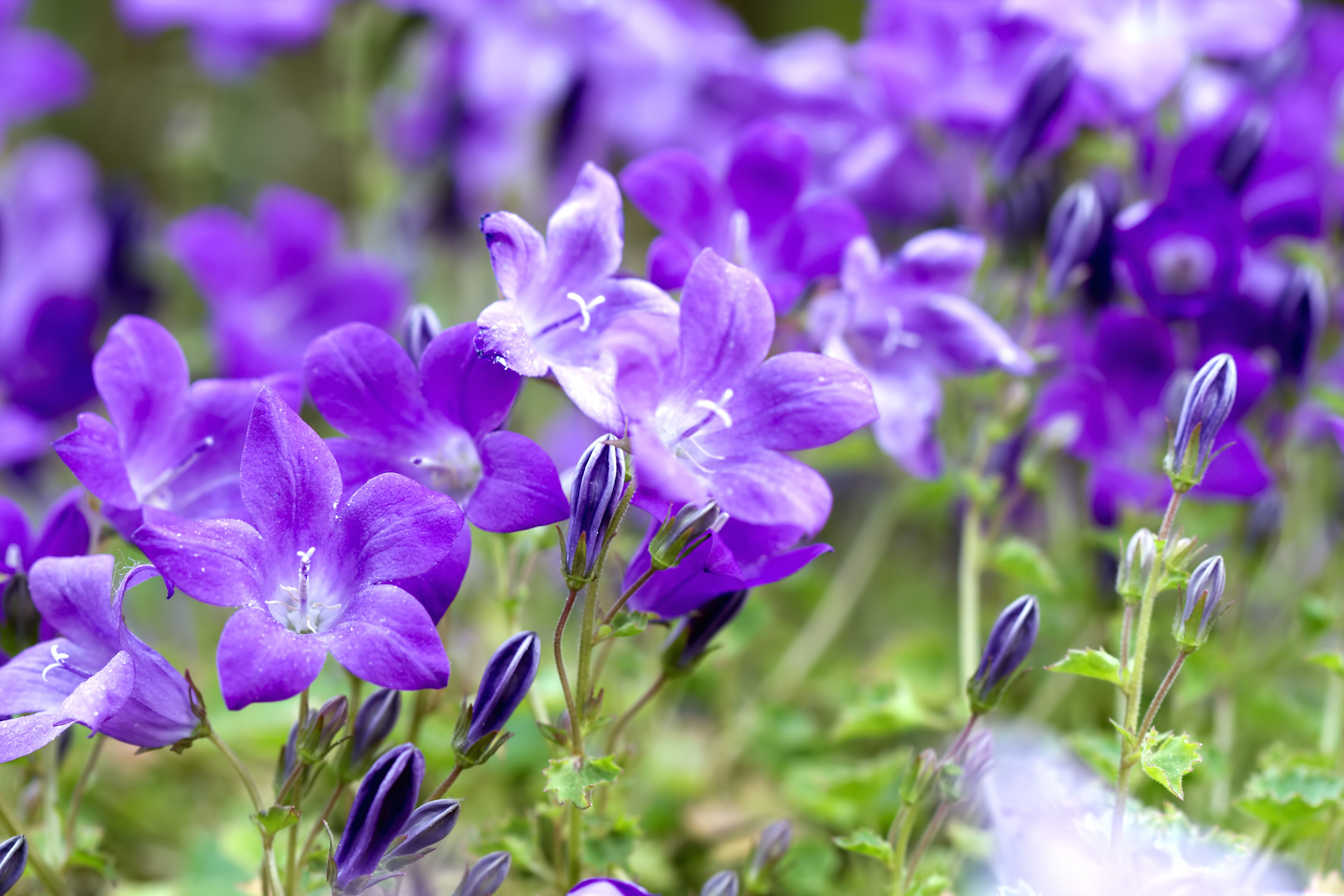
Dzwonek campanula pielęgnacja, stanowisko, forma wzrostu Mój Piękny
Campanula w domu, znana również jako dzwonek, to piękna roślina, która może być idealnym dodatkiem do Twojego domu. Ze swoimi pięknymi, dzwonkowatymi kwiatami i zielonymi liśćmi, campanula może dodać uroku każdemu pomieszczeniu. W tym artykule dowiesz się wszystkiego, co musisz wiedzieć, aby hodować i pielęgnować campanulę w.

Campanula grossekii Yellow House Heritage Perennials
Experience the beautiful nature in Jonstrup Vang, which is mainly a beech forest, but there are a few spruce trees here and there. The trail will pass several small lakes, of which fishing is permitted in Skallemose lake. The trail also passes Aphrodite's Eye and other unnamed lakes, where it is also possible to see ducks and other birds. The trail will also pass by the bird garden house site.
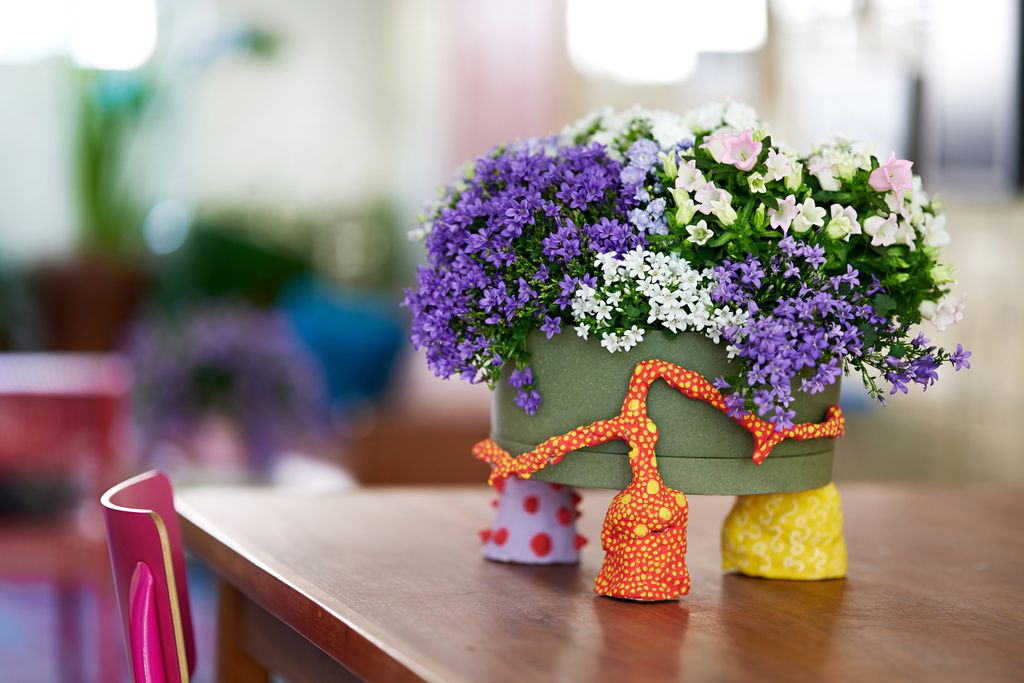
Campanula, dzwonek roślina doniczkowa na kwiecień 2020 ForumKwiatowe.pl
Korean campanula thrives in full sun to light shade and is adaptable to a variety of garden conditions. In my city garden, Korean campanula has migrated from its original location to a shady strip between a fence and the alley—a tough spot, but it loves it there. 'Samantha' campanula. 'Bernice' nettle-leaved campanula.
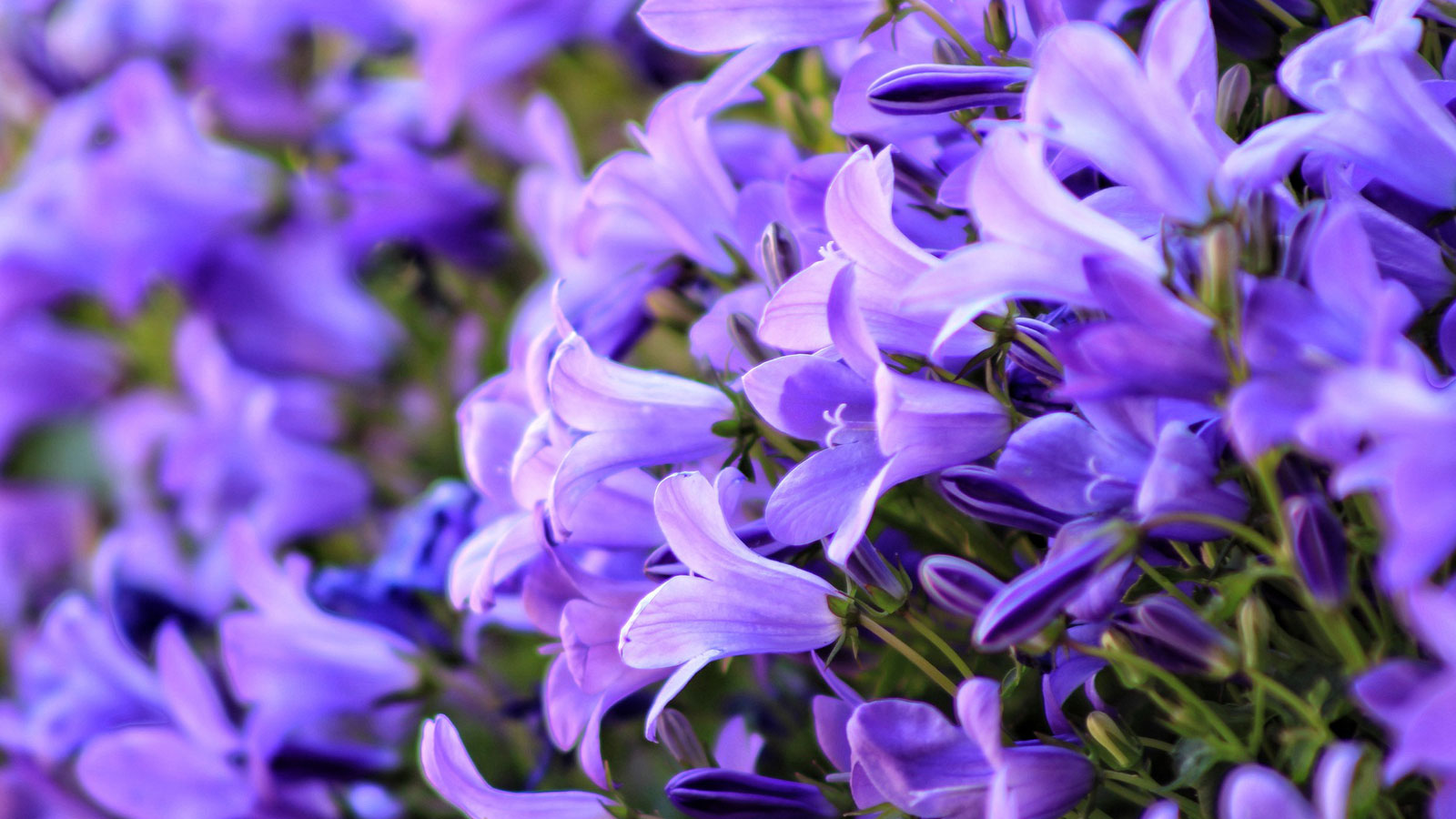
Campanula, dzwonek roślina doniczkowa na kwiecień 2020 ForumKwiatowe.pl
Campanula - pochodzenie pięknych kwiatów Kwiat Campanula, czyli dzwonek Campanula to bardzo popularny gatunek stosowany do różnych nasadzeń w Polsce. Jego cena jest niska i dzięki temu dostępna dla każdego. Gatunkiem typowym tej rośliny jest dzwonek szerokolistny, z łaciny Campanula latifolia.
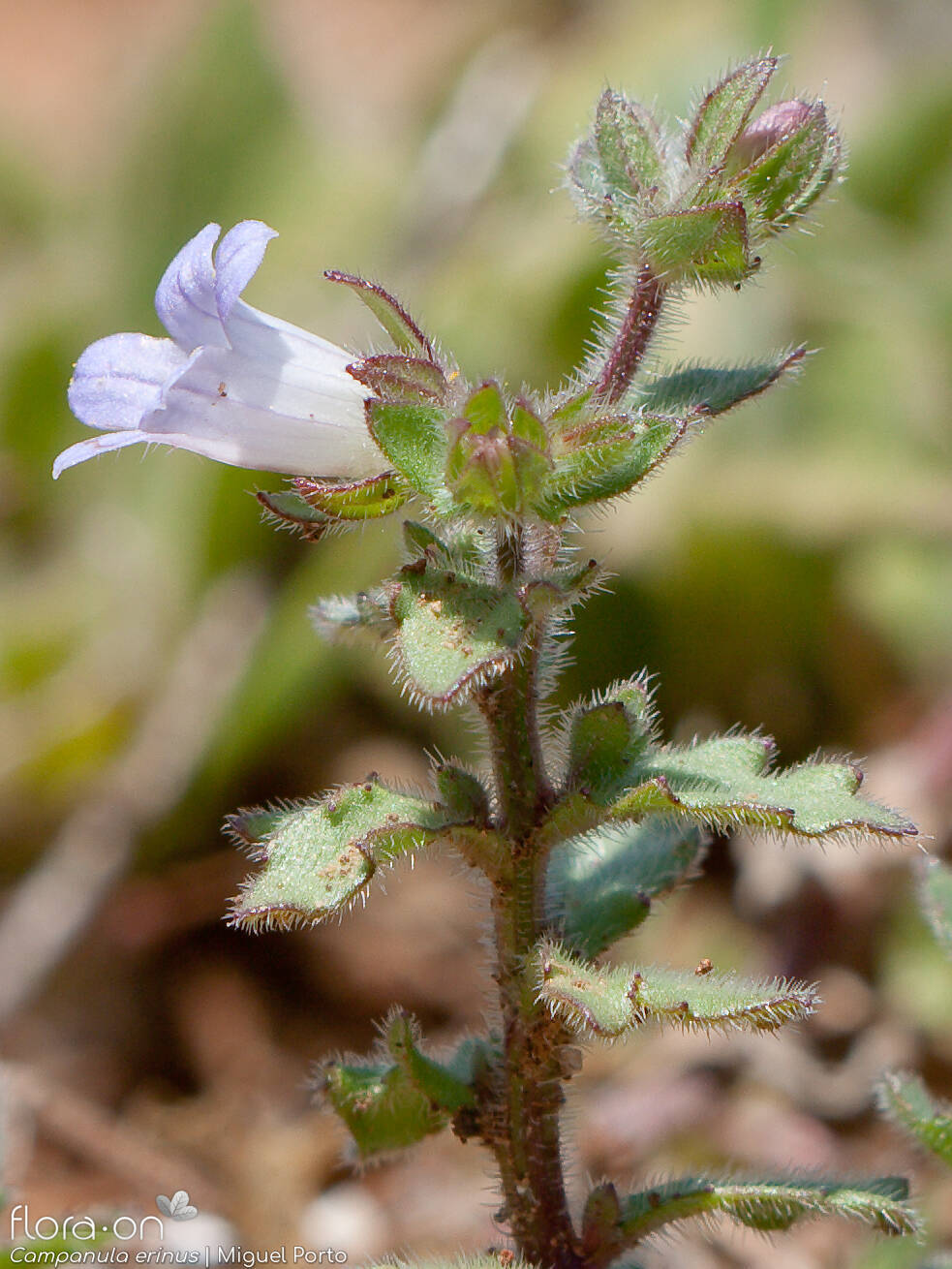
Família Campanulaceae FloraOn Portugal Continental
Plant type: Perennial, biennial, or annual. Growing Zones and range: Zones 3 to 8 as perennials, Zones 3 to 9 as biennials and annuals. Hardiness: Hardy to -30°F (-34°C); tolerates harsh winters and drought. Height and width: most cultivars are 5 to 36 inches (12-91cm) tall and wide, some grow to 6 feet (1.8m) tall.
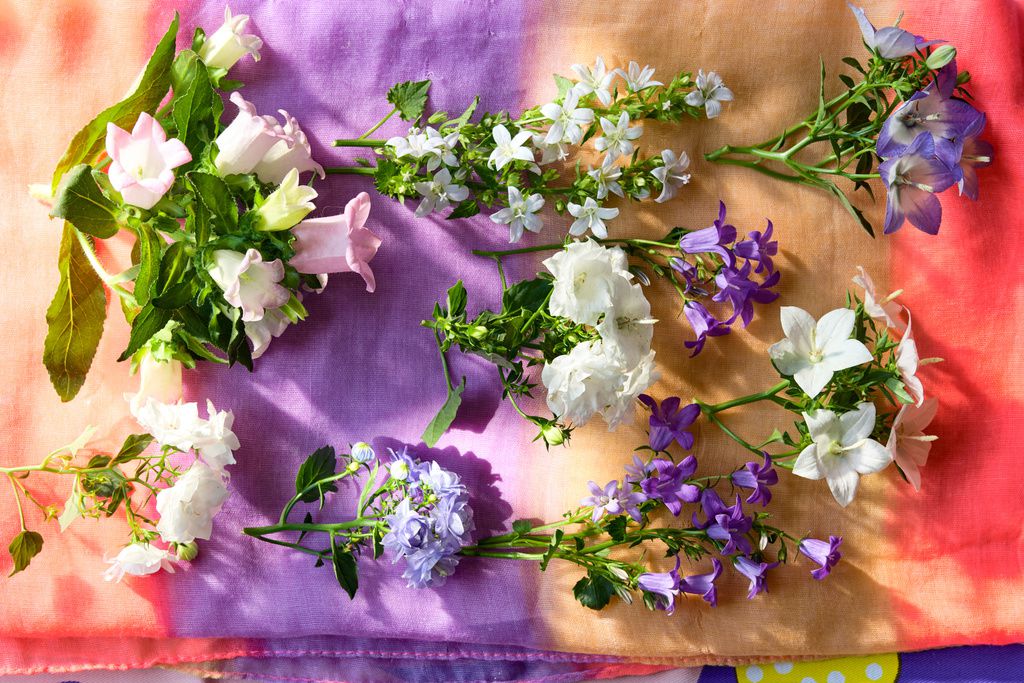
Campanula, dzwonek roślina doniczkowa na kwiecień 2020 ForumKwiatowe.pl
Campanula (bellflower) is a group of flowering plants with dainty bell-shaped or star-shaped flowers. Campanula flowers have five-lobed petals that grow 0.8" to 1" (2 - 2.5 cm) long. The beautiful bellflowers can be in shades of purple, blue, pink, or white.

Campanularotundifolia_13 Campanula rotundifolia L., syn … Flickr
Campanula americana, the American bellflower, or tall bellflower, is a bellflower native to eastern North America.Tall bellflowers can be annual or biennial with a varying life-history with seeds germinating in the fall producing annual plants and spring-germinating seeds producing biennial plants.Long-tongued bees are the primary pollinators, including Megachile campanulae, but halictid bees.

Dzwonek Campanula w doniczce pielęgnacja
Campanula to piękny kwiat o wielu drobnych dzwonkach, który jest teraz bardzo modny. Campanula może być uprawiana w doniczce w domu i na balkonie, bo choć nie pachnie - tworzy cudne niebieskie, fioletowe, różowe, a także białe kompozycje. Spis treści: Campanula w doniczce - odmiany Campanula w doniczce - pielęgnacja, nawożenie, stanowisko

Campanula w doniczce pielęgnacja kwiatów w kształcie dzwonka Ogród
Campanula, czyli inaczej dzwonek, to niezwykle popularna bylina, która nie tylko zachwyca swoim uroczym wyglądem, ale jest też wyjątkowo łatwa w uprawie. Czym różnią się campanula doniczkowa i campanula w grodzie? Wyjaśniamy, jak podlewać dzwonki oraz jak wygląda ich uprawa i pielęgnacja. Czy znasz sekretne znaczenie tych kwiatów?
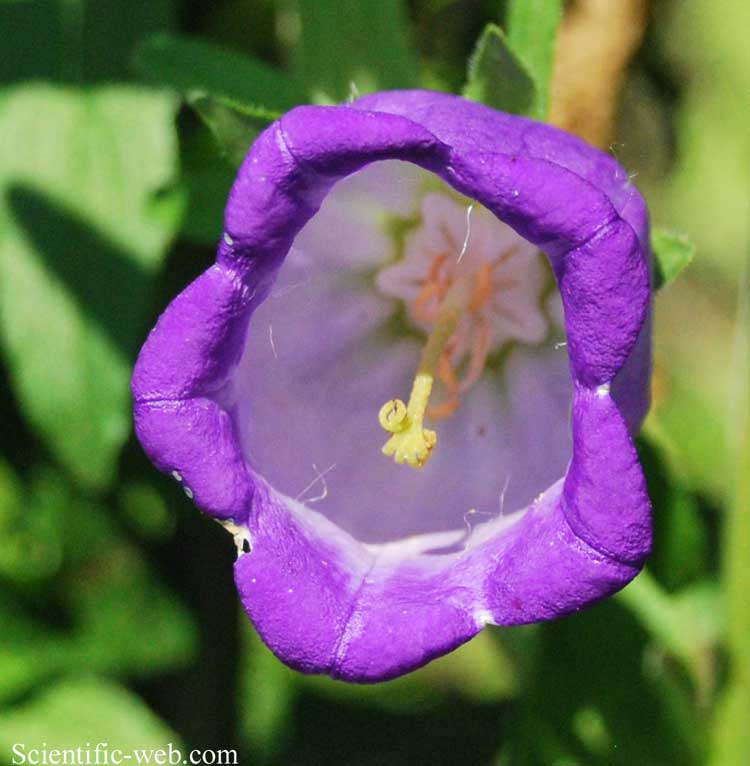
Campanula medium
Campanula persicifolia, or "peach-leaved bellflower," is a graceful plant with white to blue flowers and foliage that's narrow and glossy with a bright green color. It prefers medium moisture, well-drained soil, and grows in zones three to seven. According to the Missouri Botanical Garden, it's a low-maintenance plant that blooms from June to July.

Dzwonek Campanula
Campanula, also known as Bellflower, is a genus of bell shaped flowers with many different species. Reminiscent of the cottage garden, these plants look wonderful mixed in with similar cottage style plants. Learn how to grow Campanula, and bring one of these sweet flowering plants into your garden. campanula in full bloom

CAMPANULA PORTENSCHLAGIANA Roślina doniczkowa, Dzwonek, 17 cm IKEA
Campanula is a massive genus including more than 300 species of mostly perennials, but also some annuals and biennials. They are one of the treasures of the gardening world because of their diverse habit and bold flowers. Bellflowers are cold-hardy, mostly growing in Zones 4 to 8. They prefer cool summer climates and are generally intolerant of.
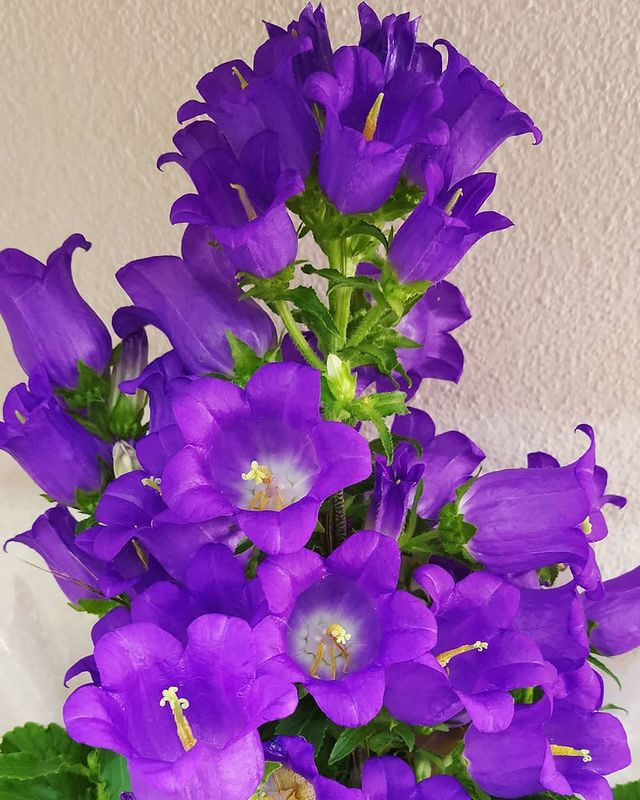
Campanula (dzwonek) uprawa w domu i w ogrodzie. Jak pielęgnować
Early Spring: Apply a light application of 10-10-10 fertilizer or side-dress with compost and organic amendments when new growth appears. Supplement nitrogen during periods of prolonged rain to counter natural leaching. Water well if it is unseasonably dry, as plants prefer evenly moist soil.

캄파눌라 Campanula portenschlagiana 가라곤 Flickr
Uproot your Campanula flowers by digging at least eight inches from the ground up. Use a shovel as a guide to avoid hurting the roots. Once uprooted, divide the mother plant from the new ones with your hands or knife. Replant into a hole with an eight-inch depth, with moist peat, and cover the top surface well.